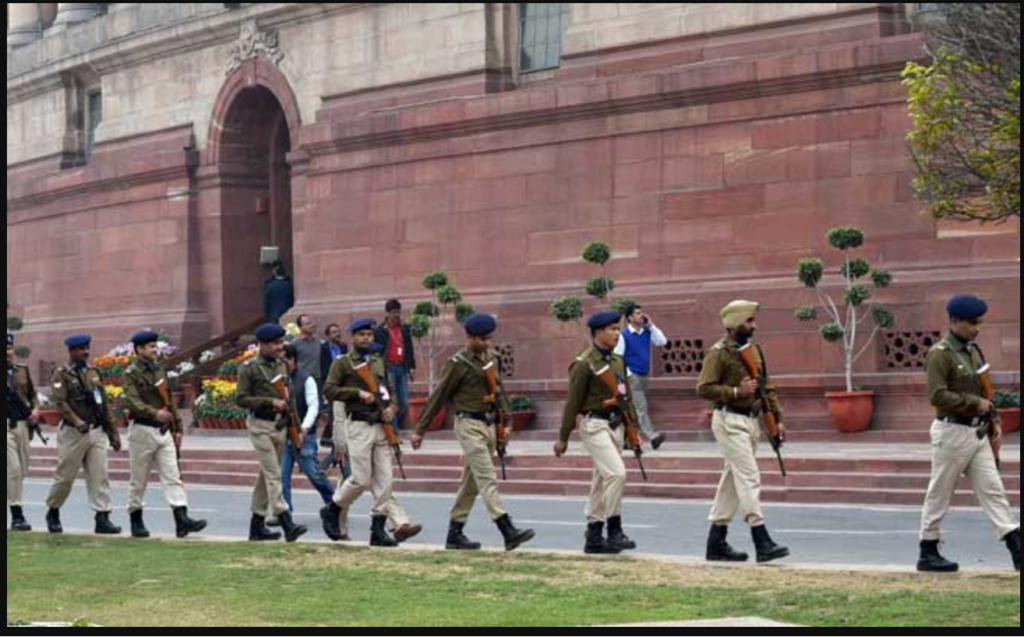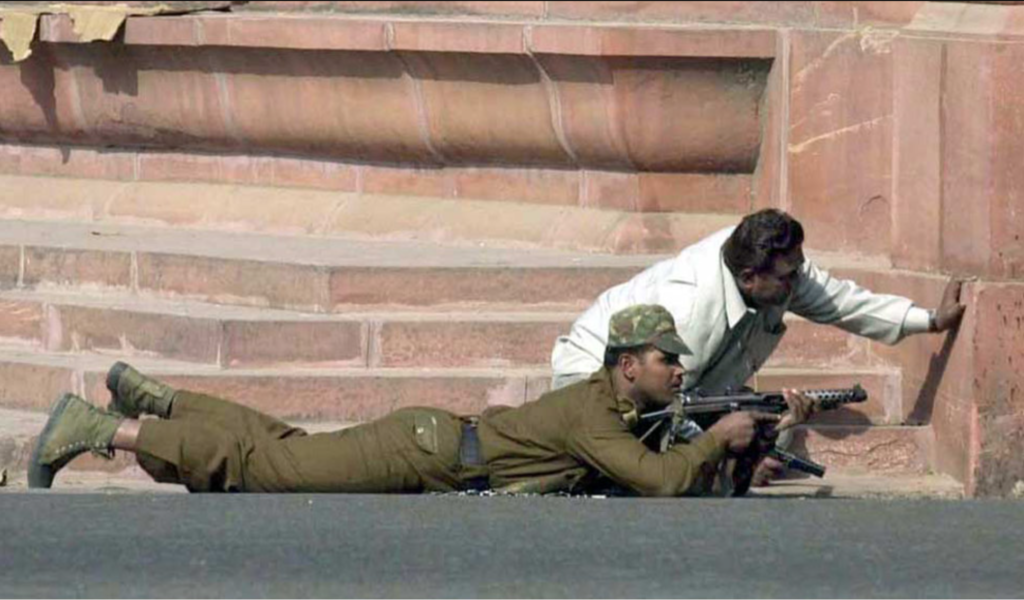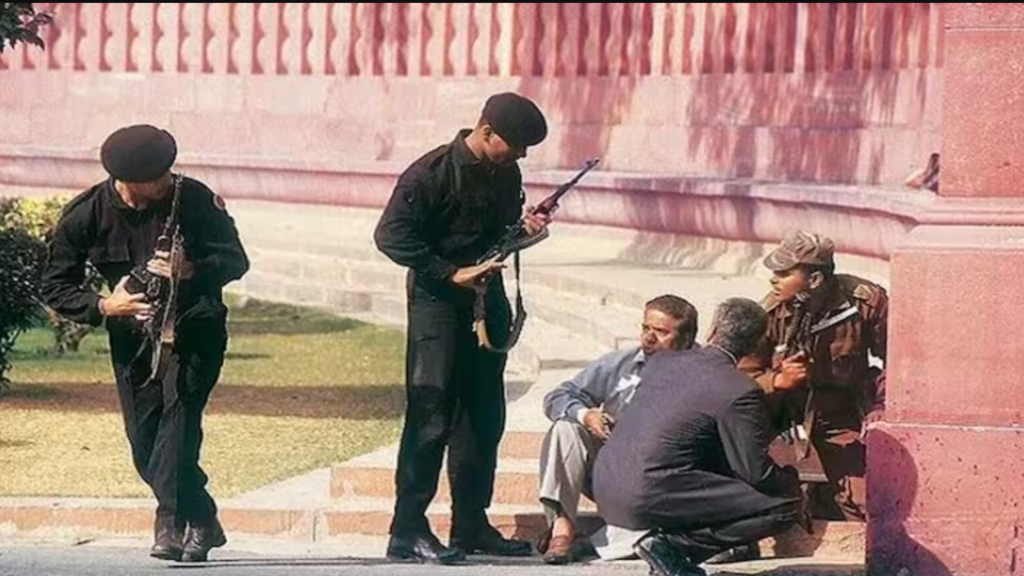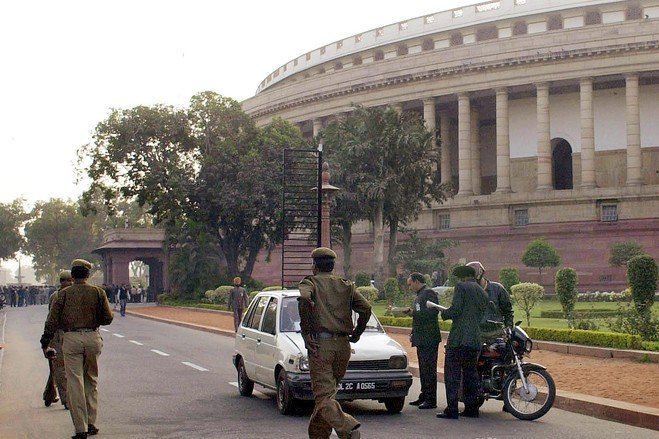On 13 December 2001, the Indian Parliament was attacked by five terrorists belonging to the Pakistan-based militant groups Jaish-e-Mohammed (JeM) and Lashkar-e-Taiba (LeT). The attackers, armed with AK-47 rifles, grenades, and explosives, breached the security of the complex by using a fake car sticker and a red beacon. They opened fire at the security personnel and tried to enter the building where many MPs and ministers were present. The attack resulted in the deaths of nine people, including six security personnel, a gardener, and the five terrorists. The incident triggered a diplomatic and military crisis between India and Pakistan, as India accused Pakistan of sponsoring and supporting the attack
Attacks on Indian parliament
Twenty years later, on 13 December 2021, the Indian Parliament witnessed another attack, but of a different nature and magnitude. This time, the attackers were not armed with guns and bombs, but with laptops and smartphones. They used a sophisticated cyberattack to hack into the Parliament’s computer network and disrupt its functioning. The hackers, who claimed to be members of a group called “Cyber Avengers”, sent a message to the Parliament’s website, saying that they were avenging the 2001 attack and demanding justice for the victims. They also leaked some sensitive and confidential data from the Parliament’s servers, such as the personal details of some MPs and ministers, the budget proposals, and the security protocols. The attack caused panic and chaos among the Parliament staff and the MPs, who were in the middle of a session. The attack also raised questions about the security and preparedness of the Parliament’s IT infrastructure
Also read : Henry Kissinger: War-Mongering Diplomat Or Nobel Peace Prize Winner?

The cyberattack on the Parliament was a soft attack, meaning that it did not involve physical violence or damage, but rather aimed to disrupt, influence, or manipulate the target’s information systems, networks, or data. Soft attacks are becoming more common and frequent in the digital age, as they are easier, cheaper, and less risky than hard attacks, which involve physical force or weapons. Soft attacks can also have significant and lasting impacts, such as compromising the privacy, integrity, and credibility of the target, causing financial losses, reputational damages, or psychological distress, and influencing the public opinion, behavior, or decision-making of the target.

The cyberattack on the Parliament was also a sync attack, meaning that it was timed or coordinated to coincide with a significant date, event, or anniversary related to the target. Sync attacks are often used to create a symbolic or emotional connection between the current and the past attack, to amplify the message or the impact of the attack, to exploit the vulnerabilities or the weaknesses of the target, or to provoke or challenge the response or the reaction of the target. Sync attacks can also have strategic and tactical advantages, such as creating confusion, distraction, or diversion, gaining media attention or public support, or achieving a specific goal or objective.

The cyberattack on the Parliament was a soft and sync attack that aimed to remind, revenge, and repeat the 2001 attack. It was a reminder of the unresolved and contentious issue of cross-border terrorism between India and Pakistan, and the need for dialogue and cooperation to prevent and combat such threats. It was a revenge for the perceived injustice and impunity of the 2001 attack, and the demand for accountability and retribution for the perpetrators and the sponsors of the attack. It was a repetition of the 2001 attack, but with a different modus operandi and a different outcome, showing the evolution and adaptation of the attackers and their methods

The cyberattack on the Parliament was a novel and unprecedented attack that challenged the security and sovereignty of the Indian democracy. It also exposed the gaps and challenges in the cyber defence and resilience of the Indian institutions. It also highlighted the need for a comprehensive and coordinated approach to deal with the emerging and evolving threats of cyberattacks, involving the government, the private sector, the civil society, and the international community.
Also read : Sam Manekshaw: The Field Marshal Who Led India To Victory In 1971




































